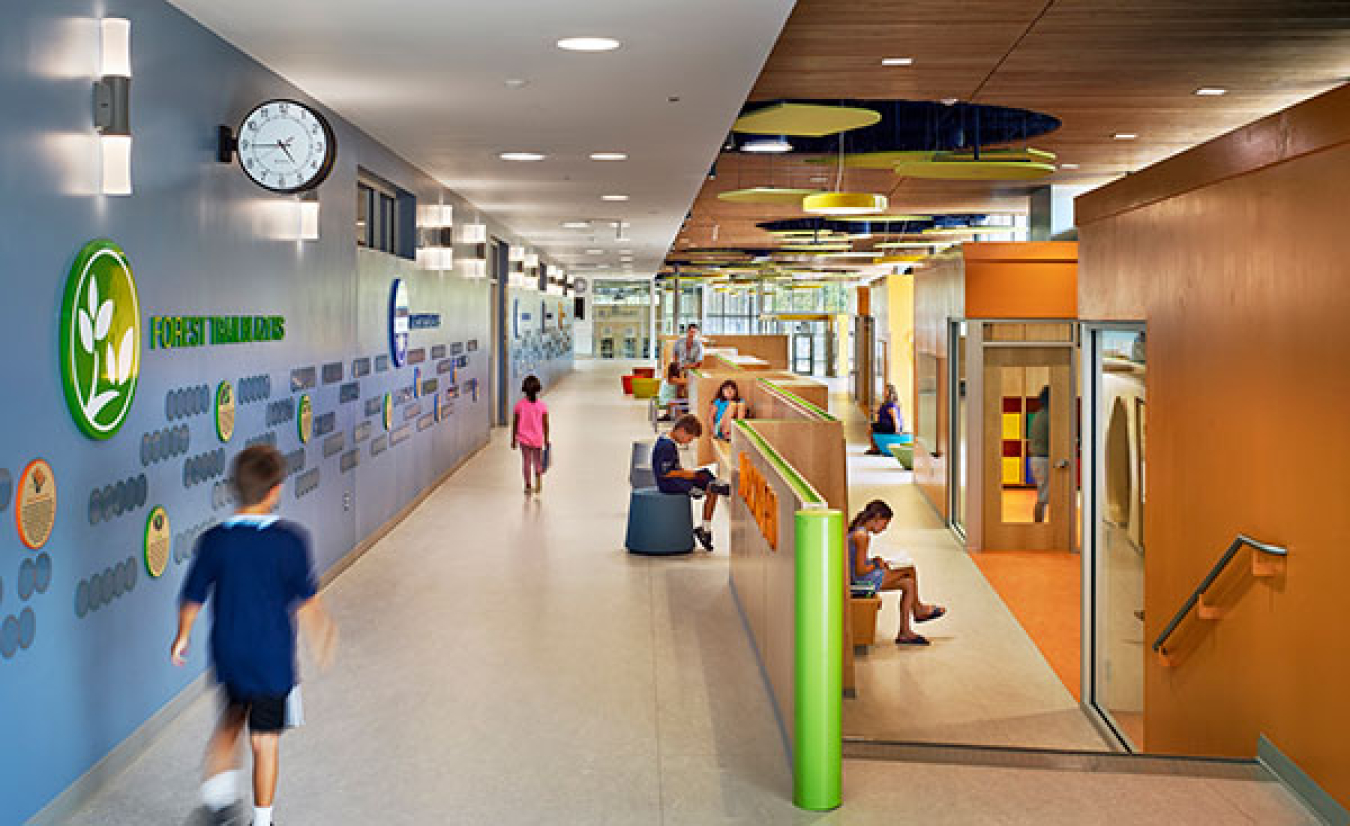Zero Energy K–12 Schools
A zero energy school is so energy-efficient that the output of an on-site renewable energy installation can meet or exceed its annual energy needs.
The emphasis on energy efficiency reduces the amount of purchased energy the school requires and can free up funds for educational purposes. In addition, zero energy schools provide experiential learning opportunities for students and strengthen community resilience. The resources in this section provide information about benefits and best practices as well as detailed implementation strategies for achieving zero energy in K-12 schools.
DOE developed this content with technical support from the National Renewable Energy Laboratory and insights from school districts, states, and non-governmental organizations that participated in the Zero Energy Schools Accelerator.
Available through this website are case studies, fact sheets, advanced energy design guidance, and other helpful resources.
Download the Advanced Energy Design Guide for K-12 School Buildings.
Download A Guide to Zero Energy and Zero Energy Ready K–12 Schools
Learn more about the Zero Energy Schools Accelerator program.


